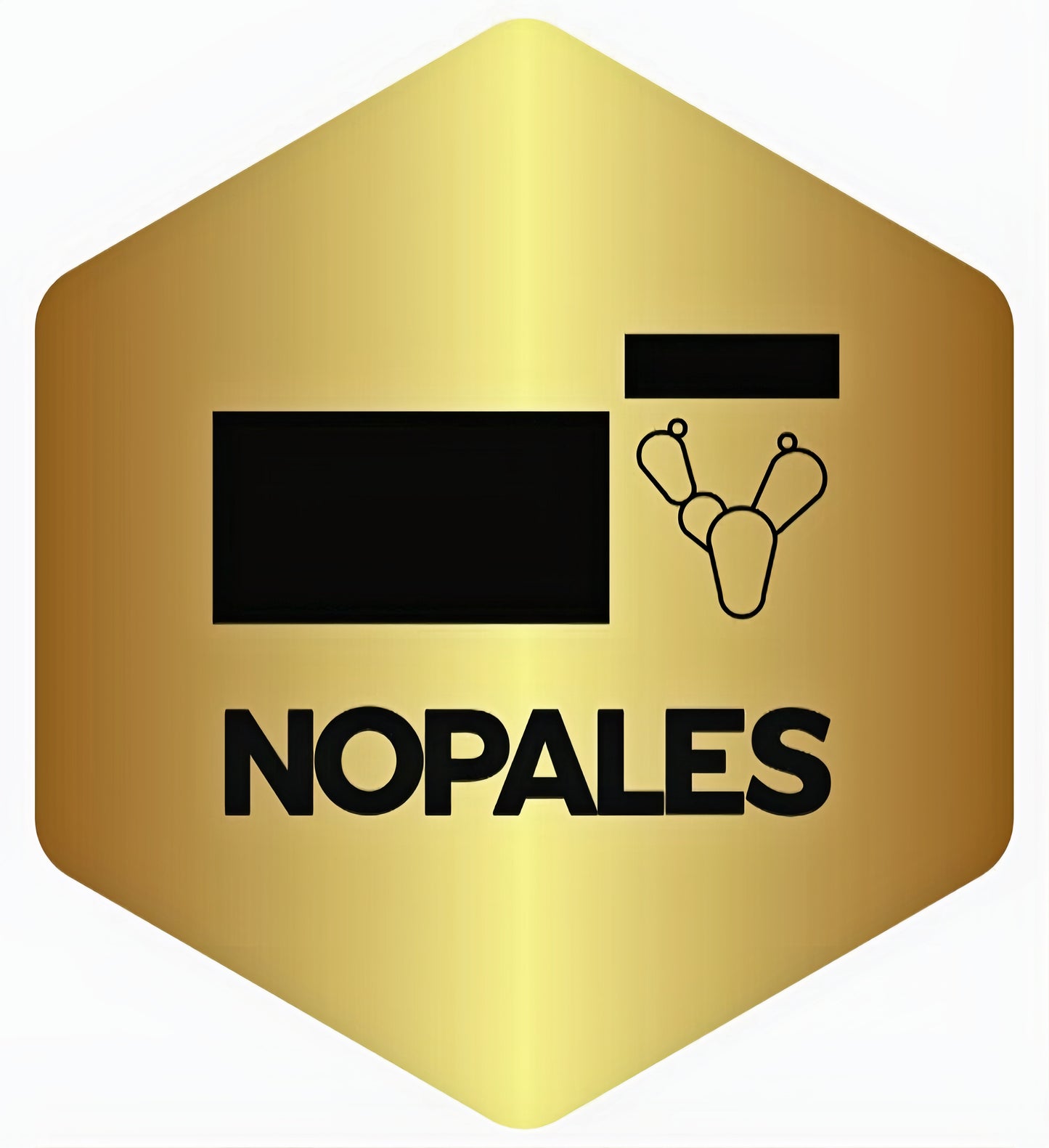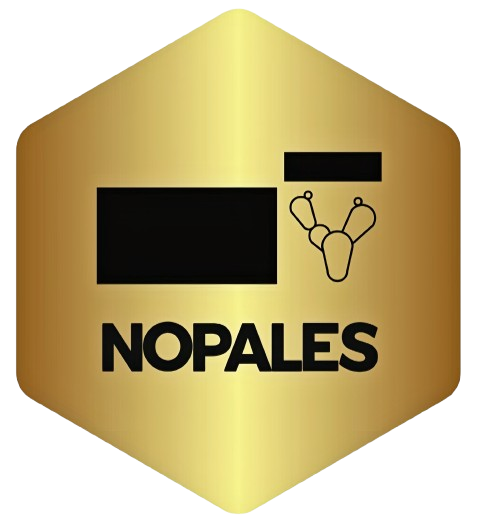VIP: NOPALES Token (ETH)
VIP: NOPALES Token (ETH)
Couldn't load pickup availability
NOPALES GOES CRYPTO - Where Your Digital Harvest is Limited Edition! Since 2022.
For NOPALES token updates, please CHECK our BLOG and/or use our Chat and type NOPALES token in the question field.
Please respect the laws of your country, before you decide to participate.
NOPALES. The One & Only. Original. EI meets AI. Because. Passion. Matters. Since 2022.
OUR VISION
Why Nopales?
Help to save billions of animals from an agonizing life and death, and incidentally help to reduce climate-damaging methane and N2O (nitrous oxide) levels.
For shoes, handbags and clothing made of leather, more than a billion animals are killed in agony every year. The environment, the workers and our health also suffer enormously from the toxic chemicals used in tanning so that the animal skins do not decay.
INDUSTRIAL USE:
Nopales cactus grows outstanding in the Mediterranean area and can be easily cultivated by European micro farmers in the front or main garden. The succulent needs almost no attention and care. Advantage for small farmers: Plagues spread less quickly. Monocultures largely prevented. Stable income possible for hundreds of thousands or even millions of people. Mother plants are already available for little money. Up to 6 harvests per year are possible.
How Nopales?
In its country of origin, Mexico, the prickly pear is an important cultivated plant and is even depicted in the coat of arms on the national flag. It has few thorns and grows up to 7 metres high and 50 years old in dry regions.
The versatile and low-maintenance opuntia is not only used as a vegetable or natural medicine, but also in leather production as a sustainable animal skin alternative. Cactus leather is considered very soft, breathable and durable. It is used in just as many ways as real leather. Today, the Nopales cactus is also native to Australia, South Africa and the Mediterranean region.
LOCATION:
The robust succulent feels most at home in sunny places and sandy soils.
TREATMENT:
Although the Nopales cactus can survive longer dry periods without any problems, it grows best when watered sparingly. It does not require any special care. Therefore, the cultivation of prickly pear cactus is especially interesting for European hobby gardeners and small farmers, especially since the sale of the harvest even creates a monthly income.
PROFILE:
The ears (called nopalitos) can be harvested all year round. The fibre-rich plant stimulates digestion. The Aztec civilisation already knew that the nopal cactus is rich in valuable substances such as pectin, proteins, amino acids, silicon, manganese, iron, calcium and vitamins. Therefore, it is not surprising that in Mexico alone, over 110 basic nopales recipes have been counted.
The vitamin C-rich fig fruits are best picked in autumn and, in contrast to their leafy green companions, they are already an integral part of European supermarkets.
GOOD TO KNOW:
For shoes, handbags and clothing made of leather, more than a billion animals are killed in agony every year. The environment, the workers and our health also suffer enormously from the toxic chemicals used in tanning so that the animal skins do not decay. The use of Nopales Cactus instead of animal skin can stop this cruelty and help the climate.
Summary:
1. Nopales cactus grows outstanding in the Mediterranean area and can be easily cultivated by European micro farmers in the front or main garden.
2. The succulent needs almost no attention and care. Advantage for small farmers: Plagues spread less quickly. Monocultures largely prevented.
3. Stable income possible for hundreds of thousands of people.
4. Mother plants are already available for little money. Several harvests per year are possible.
5. Nopales Token (NOPE) can help to speed up the process in establishing Nopales Cactus fields for leather production

Share







